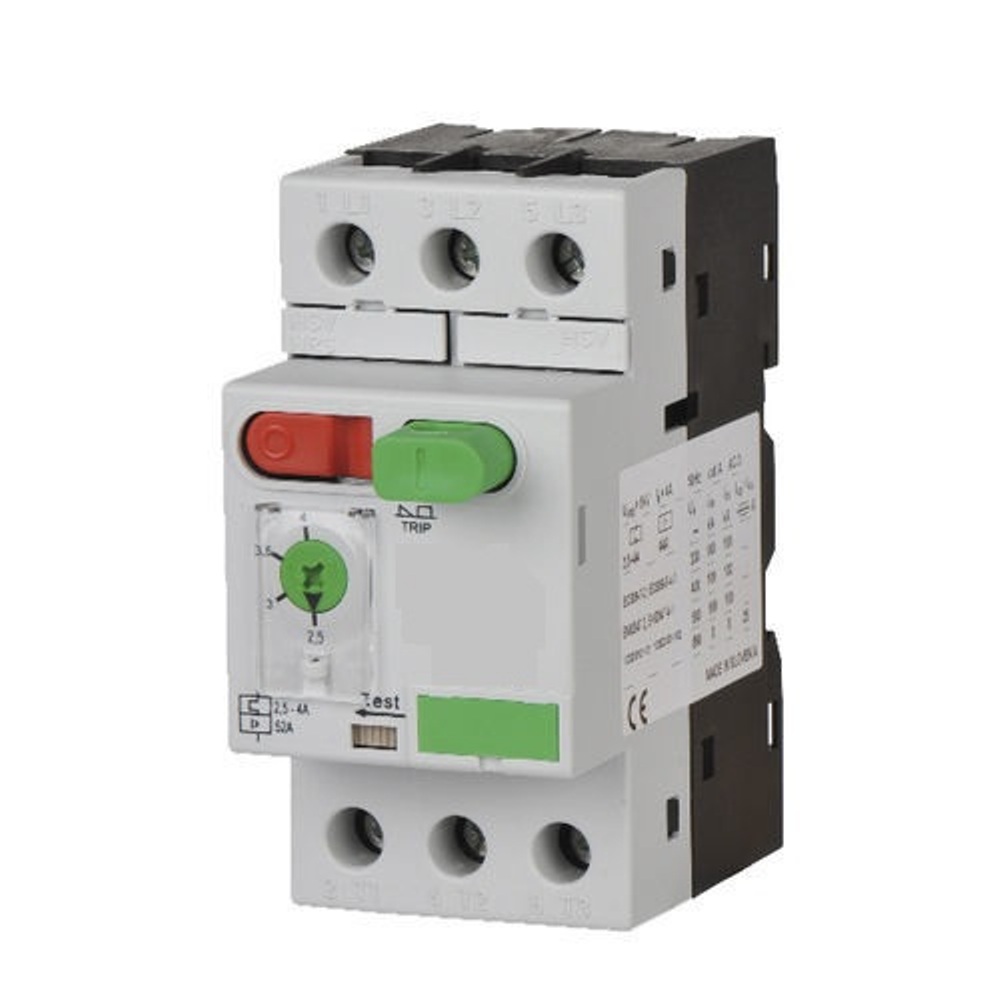
The global market for rheumatoid arthritis treatments is expected to grow at a CAGR of...
Learn More
Our consulting solutions address company specific challenges with respect to micro environment...
Learn More
Organizations frequently need day-today research guidancein order to gain strategic...
Learn More
Exploring different areas of market research and market analysis is a key factor...
Learn MoreAcute Market Reports presents the most extensive global business research services across industries. Our research studies focus on potential outcomes, benefits, and risks associated with each market segment across geographies. Having served our global clients for more than 10 years, our prime priority is to enable our clients in making well-informed business decisions through a data-driven, analytical, and uncomplicated research approach.
We provide access to the world's most comprehensive, analytical, and updated business intelligence services and solutions.




The low voltage residential switchgears market is expected to grow at a CAGR of 10% during the forecast period of 2025 to 2033. Low voltage residential switchgears are critical components in electrical distribution systems, used to protect, control, ...
Read More
The gas meter market is expected to grow at a CAGR of 5.1% during the forecast period of 2025 to 2033, due to several factors, including the increasing demand for efficient energy management, advancements in metering technology, and rising urbanization. In 2025, the market saw substantial revenue...
Read More
The oil filled high voltage power transformer market is expected to grow at a CAGR of 6.7% during the forecast period of 2025 to 2033, driven by rising energy consumption, grid expansion, and ongoing technological advancements. The environmental impa...
Read More




